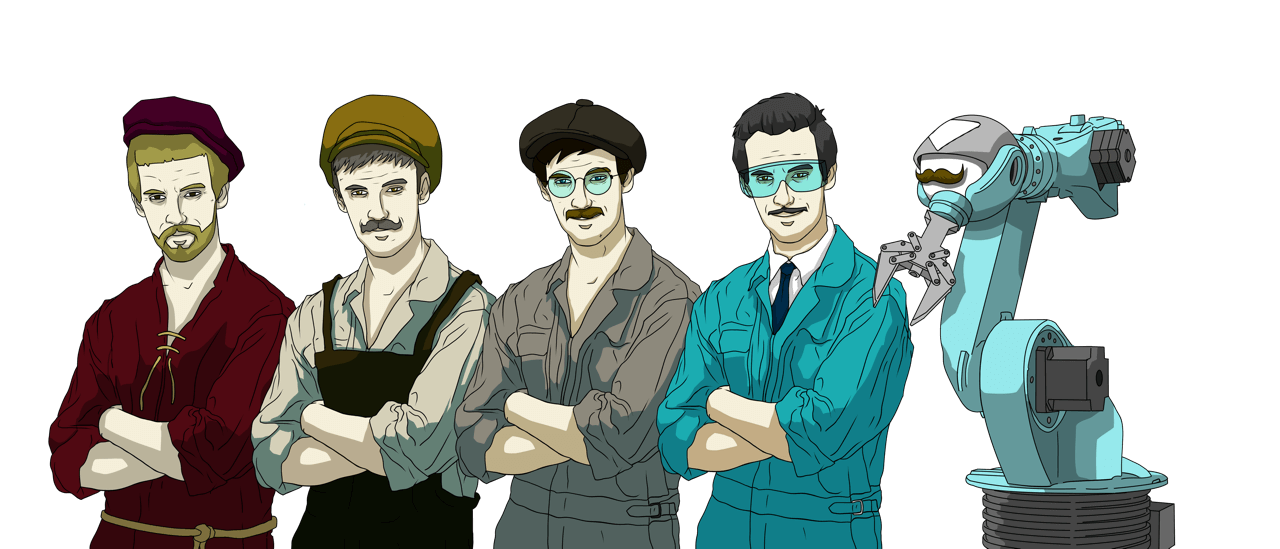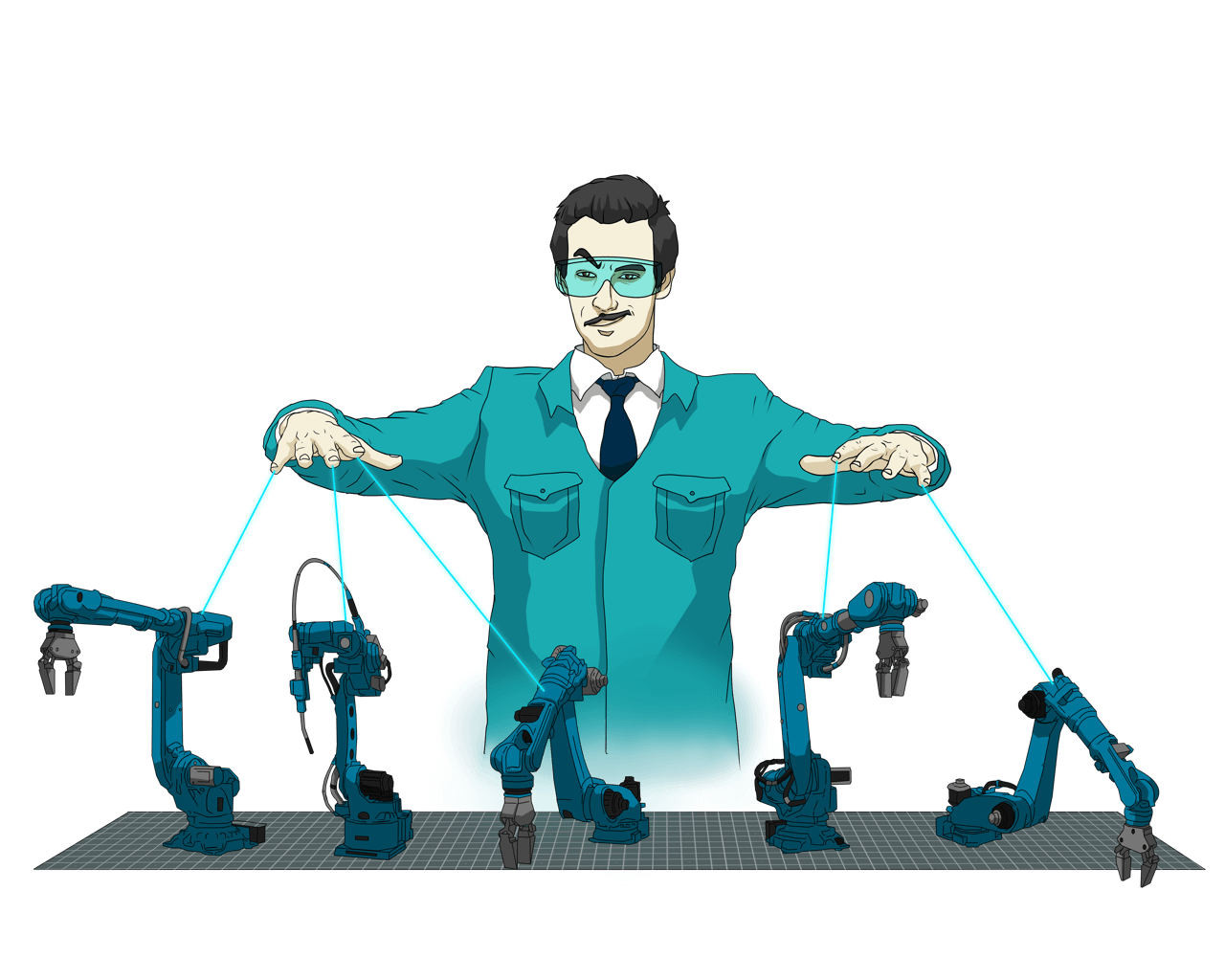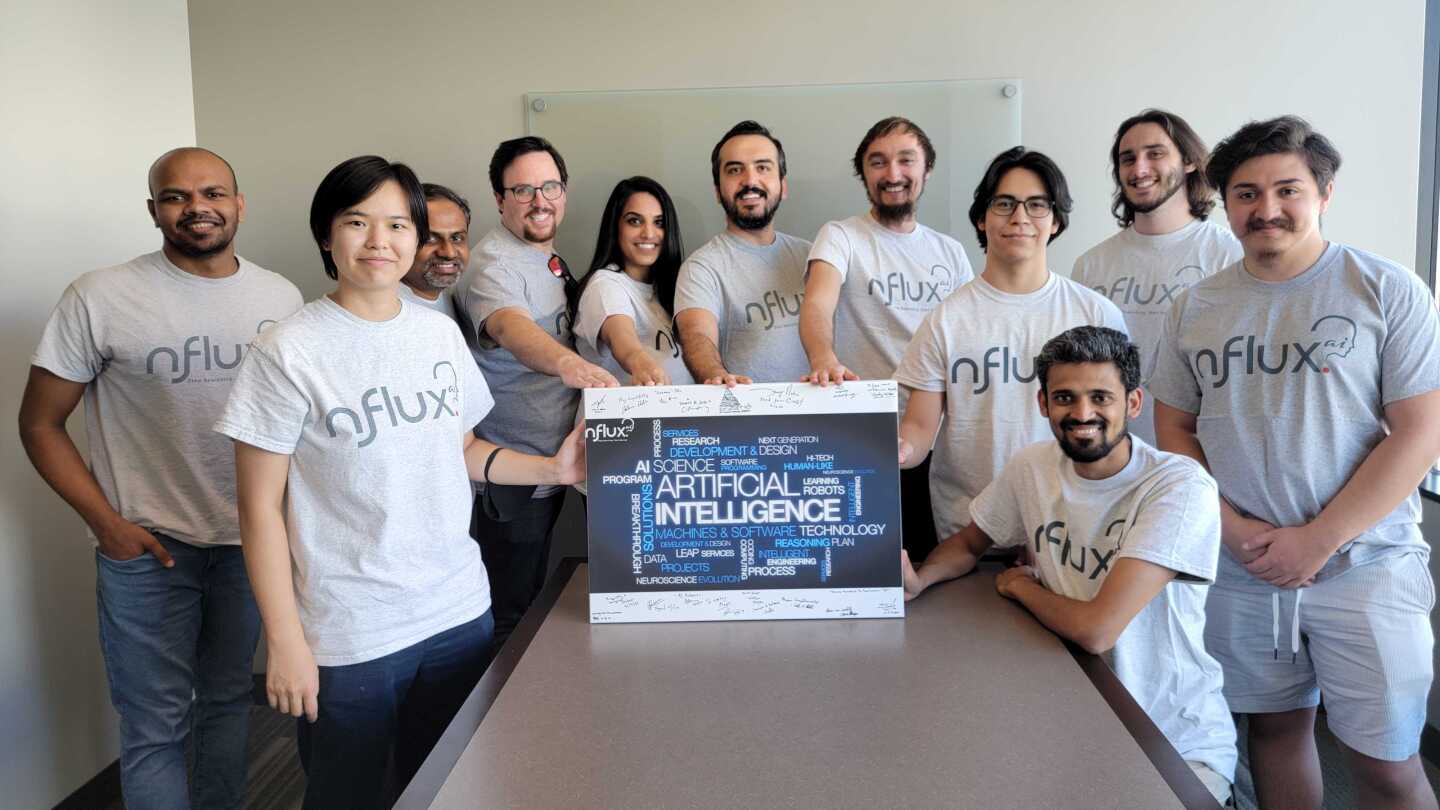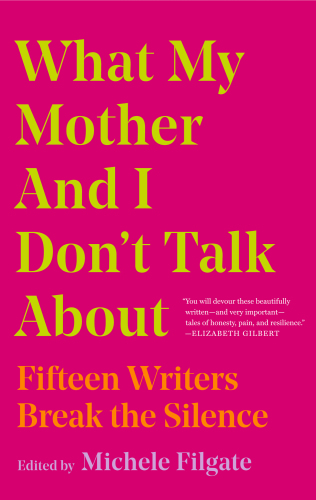
Computer Vision: How to Automate the Process of Learning
3 questions with Seyed Sajjadi: How to utilize a video analytics platform to automate the process of learning? Sajjadi, a co-founder & CEO of Alexa Fund company nFlux.ai, explains how procedure monitoring can help humans, from astronauts to manufacturers & even home cooks.
Editor’s Note: This interview is the latest installment within a series Amazon Science is publishing related to the science behind products & services from companies in which Amazon has invested. In 2019, the Alexa Fund first invested in nflux.ai & then in 2020 participated in the company’s seed round.

In the realm where innovation meets technology, the utilization of video analytics platforms is propelling us into a future where learning processes are automated and optimized. Seyed Sajjadi, the co-founder and CEO of nFlux.ai, funded by the Alexa Fund, delves into how procedure monitoring can revolutionize various industries, ranging from space exploration to manufacturing, and even everyday activities like cooking.
In the interview with Sajjadi, he elucidates the transformative potential of video analytics platforms in automating learning processes:

Q. What is a video analytics platform, and how does it enable what you call procedure monitoring?
Sajjadi introduces nFlux as an intelligent video analytics platform designed to extract contextual insights from unstructured video data. The platform's ultimate goal is to achieve a level of comprehension akin to human understanding. By harnessing machine learning techniques, nFlux aims to develop systems capable of answering questions about video content with human-like comprehension. This technology is particularly relevant for scenarios such as deep-space missions, where real-time communication with ground control is impractical.

Q. How is nFlux technology being applied within the manufacturing sector?
Despite the prevalence of automation in manufacturing, a significant portion of tasks are still performed by human workers. Sajjadi emphasizes the value of nFlux in capturing deviations from standard procedures in real-time, thus enhancing training processes and ensuring product quality. By serving as a virtual instructor, nFlux accelerates employee training and reduces production cycles, resulting in substantial cost savings and improved efficiency.

Q. The Alexa Fund is an investor. So how could your computational model be relevant to Alexa customers?
Sajjadi envisions the integration of nFlux technology into consumer-facing scenarios, particularly within the realm of healthcare and home automation. By leveraging devices like the Echo Show, equipped with vision capabilities, nFlux could provide valuable assistance to individuals in their daily lives. From medication reminders to personalized health monitoring, the potential applications are vast, extending beyond commercial settings into the realm of personal well-being and convenience.

nFlux team members (left to right) Aditya Mukewar, Chenlei Zhang, Karthik Ramkumar, Adam Phillips, Falisha Kanji, Seyed Sajjadi*, Anton Safarevich*, Natan Vargas, Pulin Agrawal, Collin Miller*, Danny Pena* (* indicates co-founder).

As we navigate an increasingly digital and interconnected world, the role of technology in enhancing learning processes becomes paramount. Seyed Sajjadi's vision, exemplified through nFlux.ai, underscores the potential of video analytics platforms to revolutionize industries and empower individuals. By bridging the gap between human cognition and artificial intelligence, nFlux paves the way for a future where learning is not just automated but augmented, leading to greater efficiency, safety, and innovation.
After Boston Dynamics' impressive video of their robot throwing & catching objects: here are the outtakes of a robot repeatedly falling over.
In collaboration with investors like the Alexa Fund, nFlux.ai continues to push the boundaries of what's possible, driving forward the science of learning automation and reshaping the way we interact with technology.
How does Atlas recognize & interact with objects? How do we develop new Atlas behaviors? Why is manipulation important for the future of robotics?
“We get so used to the stories we tell about ourselves. This is why we sometimes need to find ourselves in the stories of others.” ~ Curated Excerpt From: Michele Filgate. “What My Mother and I Don't Talk About: Fifteen Writers Break the Silence” Apple Books.
Curated via Seyed Sajjadi. Thanks for reading, cheers! (with a glass of wine & book of course)

Dom Caudron Prediction
Producer: Champagne Dom Caudron, Champagne Brut, France
"Pure Pinot Meunier from the western slopes of the Montagne de Reims has produced a Champagne with a smooth texture, packed with ripe pear flavors and a rich aftertaste. Drink now." ~ 90 Points ~ Wine Enthusiast

What My Mother & I Don't Talk About
Fifteen brilliant writers explore what we don't talk to our mothers about, and how it affects us, for better or for worse. As an undergraduate, Michele Filgate started writing an essay about being abused by her stepfather. It took her more than a decade to realize what she was actually trying to write: how this affected her relationship with her mother.
When it was finally published, the essay went viral, shared on social media by Anne Lamott, Rebecca Solnit, and many others. The outpouring of responses gave Filgate an idea, and the resulting anthology offers a candid look at our relationships with our mothers. While some of the writers in this book are estranged from their mothers, others are extremely close.
Leslie Jamison writes about trying to discover who her seemingly perfect mother was before ever becoming a mom. In Cathi Hanauer's hilarious piece, she finally gets a chance to have a conversation with her mother that isn't interrupted by her domineering (but lovable) father. André Aciman writes about what it was like to have a deaf mother. Melissa Febos uses mythology as a lens to look at her close-knit relationship with her psychotherapist mother. And Julianna Baggott talks about having a mom who tells her everything.
As Filgate writes, "Our mothers are our first homes, and that's why we're always trying to return to them." There's relief in breaking the silence. Acknowledging what we couldn't say for so long is one way to heal our relationships with others and, perhaps most important, with ourselves.

